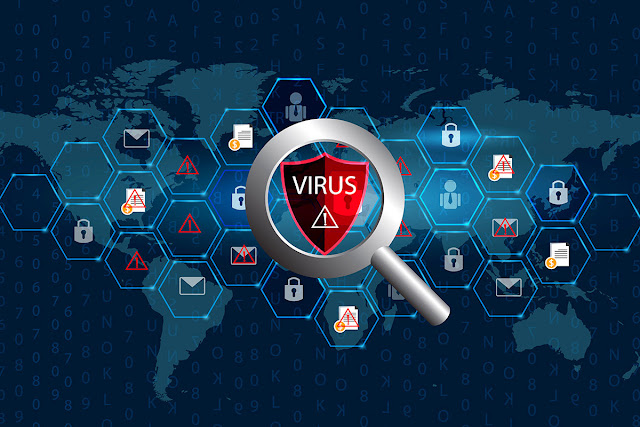How to protect your Computer/Laptop against ransomware attacks?
When
you flag a ransomware attack, there are surely ways to deal with it, but they
Are often complicated or even insufficient. That’s why it’s essential to work
on prevention.
Good cybersecurity
cleanliness applies to ransomware attacks just as with some cyberattack, and on
an organizational level, instilling a proper cybersecurity culture will go a
long way.
Now let’s analyze what
particular steps you can take so you’ll never put your files in danger of
ransom. bitdefender
USA support number
Offline and outside backup
Make
frequent backups of all your most critical data, and be sure to have a recovery
plan. Backing up your files is a usual step in protecting your devices against
attacks, but merely syncing your files to cloud storage is not enough.
Ransomware
has managed to settle several cloud storage locations containing backups, so
keeping an offline backup is a safer bet for restoring files.
That
being said, backing up your files offline and managing external storage will
help, but you won’t always want them connected to your device.
There
have been examples where files on an attached USB and other storage drivers
holding backups were compromised. Once you are finished using them, unconnect
them from your computer.
Use security software and keep it up to date.
Accepting
a trusted security solution to guard against ransomware attacks can go far. As
ransomware becomes even more widespread, there are many anti-virus solutions to
block any malware that threatens to infect your devices and alert you when
accessing suspicious websites.
With
cybercriminals continuously developing novel malware that’s able to circumvent
security software, always keep yours up to date to ensure your system is ready
to thwart any future attacks.
Regularly update your OS and other software.
If
WannaCry has taught us anything, it’s always to keep your OS updated. Even when
Microsoft released a patch for EternalBlue exploit, many didn’t update their
systems, leaving themselves vulnerable to attack.
Keeping
track of all the new, available updates can be a tiring job. It’s also easy to
forget about them, so we recommend you enable automatic updates on all your
software, including your operating system.
Watch out for those email attachments.
In
general, phishing is the leading type of cybercrime, an unfortunately
convenient technique for distributing ransomware.
Be wary
of any email that contains an attachment: always verify that it comes from a
trusted source, and use content scanning and filtering on your email servers.
Don’t spend the ransom.
If
you’ve already been infected with ransomware, the final protection method we
advise is not to pay the ransom. It may seem like the easy way out, and it is a
devastating situation to find yourself in, but it’s highly relevant not to pay
the cybercriminals or negotiate with them. As we’ve said earlier, a
cybercriminal is not a person to trust, so what tells you they’ll ever restore
access to your files?
The
more people pay the ransom, the more these attacks become successful, only
opening the door to more attacks.
The
best thing to do in this situation is to contact your local authorities and let
them contain the case. You can even check to see if a decryptor exists, and
while it’s rare, you might be able to decrypt your data without paying the
ransom.
Summary
bitdefender
USA support number Many predictions tell us
that ransomware will remain one of the most widespread forms of cybercrime and
that 2020 will only see even more sophisticated attacks targeting
organizations, especially government and health organizations.
The sad
truth is you can never be 100% protected, but it’s essential always to be
diligent, prepared, and knowledgeable about handling falling victim to a
ransomware attack.





Comments
Post a Comment